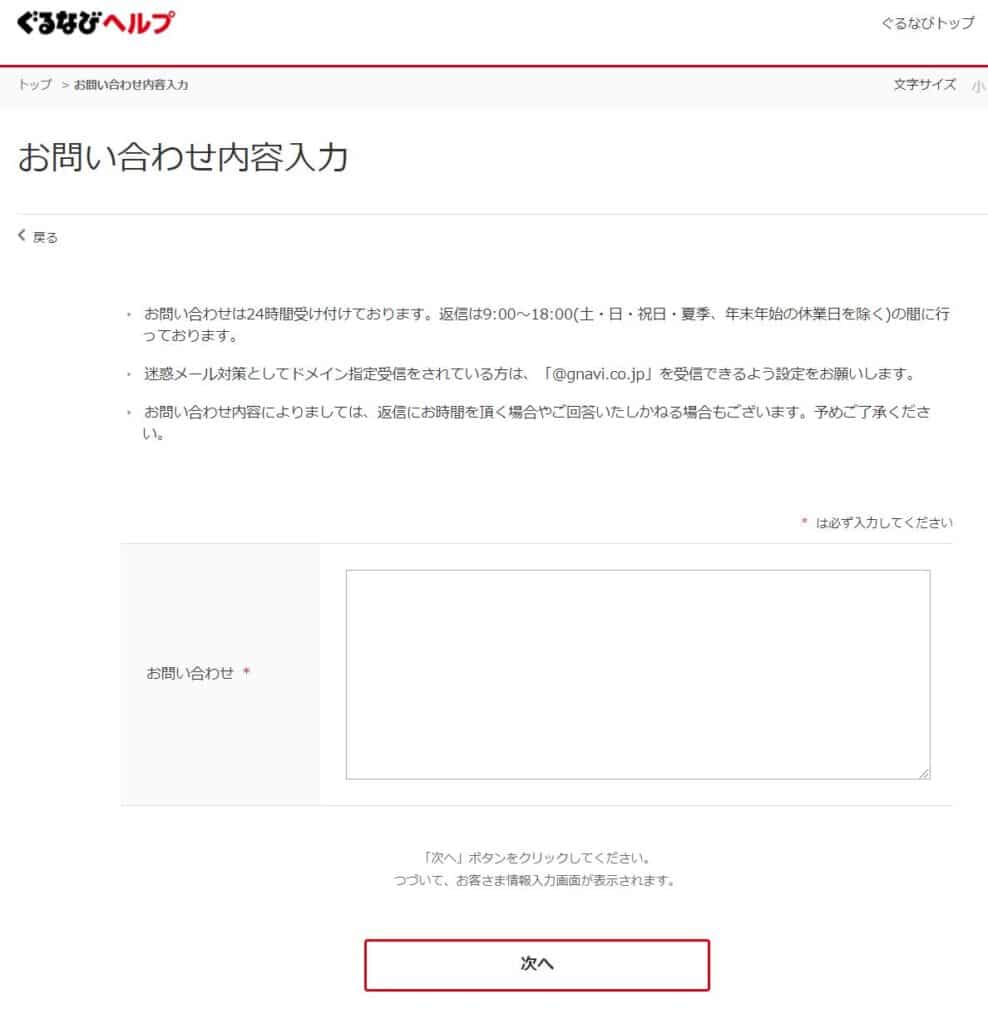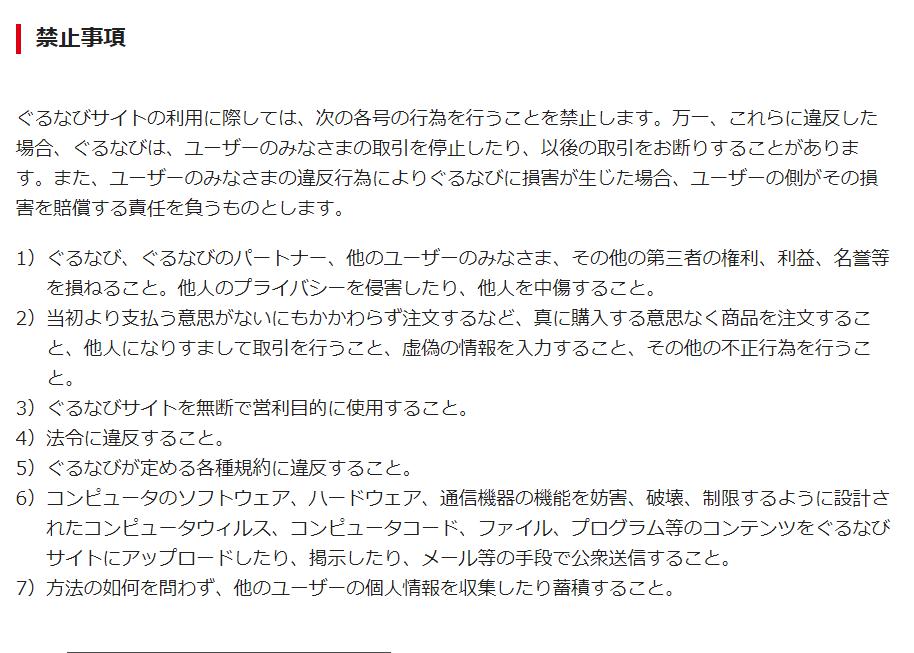What are the Reputational Damage Control Measures in 'Gurunavi'?

When looking for a restaurant for dining out, many people refer to review sites. There are numerous restaurant review sites, but Gurunavi is one of the most visited sites, along with “Tabelog”. Often, when you search for a restaurant, information posted on Gurunavi appears at the top of the search results, so the reviews on Gurunavi can greatly influence whether customers choose to patronize the restaurant. Therefore, if a defamatory review is posted on Gurunavi, the reputational damage can be severe, and immediate action is necessary. There are various measures to counteract reputational damage, but in this article, we will mainly explain one of them, which is “how to delete reviews”.
Features and Characteristics of Gurunavi
Gurunavi is a website that collects information about restaurants, operated by Gurunavi, Inc. On Gurunavi, you can search for restaurants, view detailed information about them, make online reservations, rate them (reviews), and share information about them. Restaurants pay advertising fees to have their information listed on Gurunavi. In addition, they post coupons and special features, and collaborate with other gourmet websites. Today, Gurunavi is one of the leading gourmet search sites alongside “Tabelog”, “Retty”, and “Hot Pepper”, and it’s no exaggeration to say that there’s hardly anyone who doesn’t know about it.
Reputational Damage Expected on Gurunavi

When false and malicious reviews that infringe on privacy rights or reputation are written on influential sites like Gurunavi, there is a risk of significant economic loss, such as a decrease in customers and consequently, a decrease in sales. Examples of reputational damage in restaurants include being written about as “serving leftovers,” “the owner of this restaurant has a criminal record,” or “the food at that restaurant is inedible. It’s not worth going to the restaurant, it’s a waste of time.” Such bad reviews can lead to a sudden decrease in reservations and visitors, a drop in sales, and a loss of trust from business partners and financial institutions. The loss of social credibility can make it difficult to secure employees. There are also cases where competitors who have lost customers repeatedly post defamatory reviews to attack. Furthermore, reputational damage can also lower the motivation of employees to work, leading to a higher turnover rate at the restaurant. Therefore, the impact of reputational damage is significant, and if you feel something is unnatural, you should consider deleting it or disclosing the poster.
For detailed examples of defamation in restaurants, please refer to the article below.
https://monolith.law/reputation/tabelog-review-delete[ja]
How to Request Removal Due to Violation of Gurunavi’s Terms of Use
If a defamatory review is posted, it must be removed. There are two ways to remove a review: doing it yourself or hiring a lawyer. First, let’s introduce the method of removing it by yourself.
Apply for Removal via the “Contact Us” Section on Gurunavi
To remove a review within Gurunavi, go to “Contact Us” from the Gurunavi top page or similar, and fill in the reason for removal and the content you want to be removed in “Service Inquiries”, then send it.

What Kind of Reviews are Subject to Removal?
According to Gurunavi’s terms of use, reviews will be removed if they “violate the terms of use”. However, whether to remove them or not is ultimately left to Gurunavi’s discretion. The following actions are prohibited in Gurunavi’s terms of use.

For example, reviews like “This restaurant serves leftovers to customers” are difficult for Gurunavi to judge whether they are true or not. However, a review claiming that leftovers are served, whether true or not, significantly lowers the restaurant’s reputation, so it is possible to argue that it falls under the prohibition 1) “Harming the…interests…of a third party.”
In addition, reviews like “The owner of this restaurant has a criminal record” can be considered as violating the prohibition 1) “Infringing on someone else’s privacy…” even if it is true, as it is generally private information that people do not want others to know.
Also, for reviews like “The XX at that restaurant is inedible. It’s not worth going to the restaurant, it’s a waste of time”, it may not be considered as defamation, which will be explained later, due to its lack of specificity. However, it can be argued that it falls under the prohibition 1) “Defaming others.” as it unfairly disparages the meals provided by the restaurant.
Examples of Requesting Removal of Illegal Content on Gurunavi

What is a Transmission Prevention Measure Request?
If a review posted on Gurunavi is illegal, you can request the Gurunavi operator to take transmission prevention measures under the Japanese Provider Liability Limitation Act. Transmission prevention measures are taken based on a request from the person who wants the review removed. Gurunavi will ask the person who posted the review for their opinion on whether the information should be removed. If Gurunavi decides that it should be removed, the review will be made unviewable. If you wish to request transmission prevention measures, you will need to send a “Transmission Prevention Measure Request Form” to Gurunavi, which includes the legally required information.
When Can You Request Removal?
According to the Japanese Provider Liability Limitation Act, you can request transmission prevention measures when you believe your rights have been violated, in other words, when the review post constitutes an illegal act. The phrase “when you believe your rights have been violated” is used instead of “when your rights have been violated” to allow for requests even when it is unclear whether a violation has occurred at the time of the request. Typical examples of situations that can be subject to a transmission prevention measure request include violations of privacy rights and reputation rights (defamation).
Regarding defamation, it is established when specific facts that lower a person’s social reputation are posted. However, defamation does not occur if the posted facts are true or if there are legitimate reasons or grounds to believe they are true. We provide a detailed explanation of the requirements for defamation in the article below.
https://monolith.law/reputation/defamation[ja]
For example, in the review mentioned above that says “The owner of this restaurant has a criminal record,” having a criminal record is generally considered a specific fact that lowers a person’s social reputation. Therefore, if this review is completely baseless, it would constitute defamation.
Removal of Reviews through Provisional Disposition
The methods we have introduced so far for removing reviews have been left to the discretion of Gurunavi. If you cannot get Gurunavi to voluntarily remove a review, you will need to file for a provisional disposition. A provisional disposition is a temporary procedure different from regular litigation, and a conclusion can be reached in a relatively short period of about 1 to 2 months. After filing for a provisional disposition, you must appear in court to make your case and submit documents to support your claims. It is advisable to seek the assistance of a legal professional, such as a lawyer, for these procedures.
If the application for a provisional disposition is approved, a provisional disposition order will be issued to Gurunavi. This order carries enforcement power. If Gurunavi does not comply with the order, the court will indirectly encourage the removal of the review by making Gurunavi pay money. For more details on the removal of posts through provisional disposition, please refer to the article below.
https://monolith.law/reputation/provisional-disposition[ja]
Methods to Identify the Sender

The purpose of identifying the poster of a review is to file a defamation lawsuit against the poster and to initiate a damage compensation lawsuit. The procedure to identify the poster is called a sender information disclosure request. To make a sender information disclosure request, based on the Japanese Provider Liability Law, you request the disclosure of sender information such as IP addresses from Gurunavi. Then, you identify the access provider used for the post from the IP address, and next, you request the disclosure of sender information such as the poster’s name and address from the access provider.
However, the information to be disclosed in a sender information disclosure request is the customer’s personal information, which can be considered highly confidential for the provider. Therefore, it is not common for the provider to voluntarily disclose this information. As a result, you will need to file a lawsuit for the disclosure of sender information at the same time as applying for a provisional disposition for the preservation of access logs.
For more details on sender information disclosure requests, please refer to the article below.
https://monolith.law/reputation/identify-poster-gnavi-attorney-fee[ja]
Summary
We have briefly introduced one of the methods for managing reputational damage, which is the removal of reviews. Unanticipated financial losses may occur if reviews that infringe upon rights such as honor are spread. Furthermore, it takes a certain period of time to remove such reviews, so if they are discovered, it is advisable to take action towards countermeasures as soon as possible.
Category: Internet





















